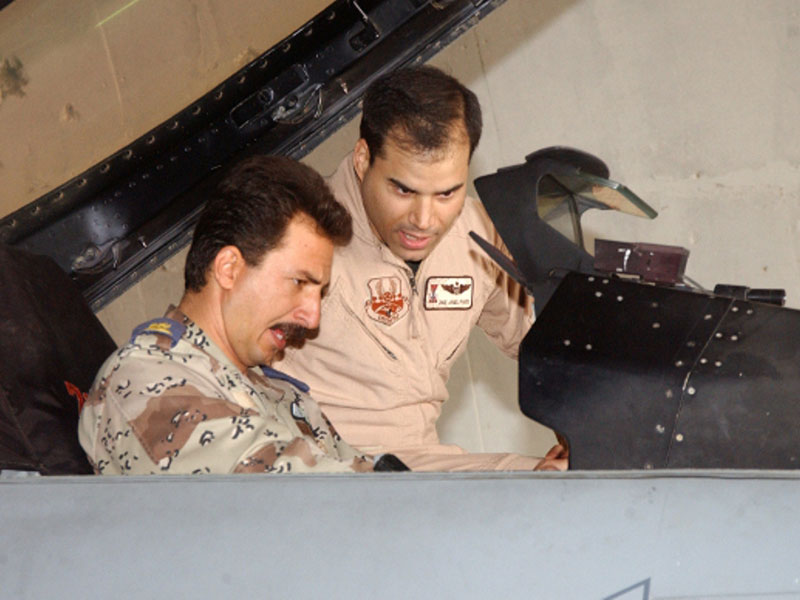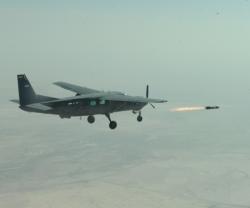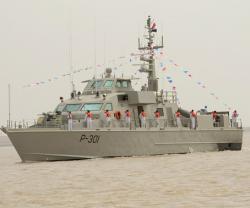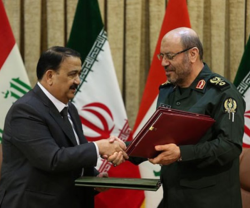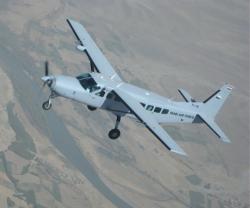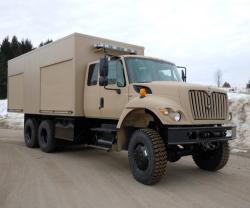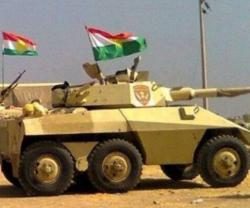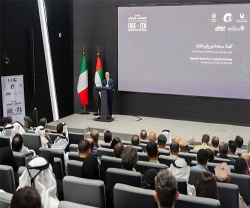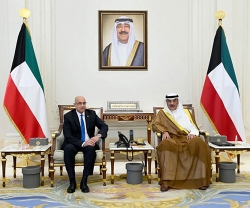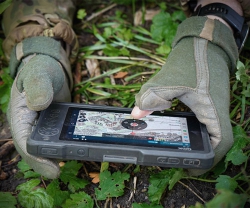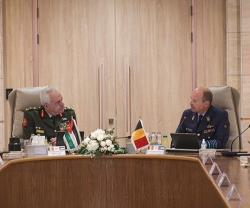L-3 Link Wins Modified Contract for Iraq’s F-16 Training
26.09.2013 Iraq
L-3 Link Simulation & Training (L-3 Link) announced it has been awarded a contract modification from the U.S. Air Force Life Cycle Management Center at Wright-Patterson Air Force Base, Ohio, to build the Iraqi Air Force (IqAF) two F-16 Block 52 Weapon Tactics Trainers (WTTs), two brief/debrief systems and one mission observation center.
This contract modification follows L-3 Link’s November 2012 award to build two F-16 Block 52 Full Mission Trainers (FMTs) for the IqAF.
Plans currently call for the first F-16 Block 52 FMT to become ready-for-training during the first quarter of 2015. The remaining training devices, brief/debrief systems and mission observation center are scheduled to achieve ready-for-training milestones during the fourth quarter of 2015. All of the training devices and support systems will be installed at Balad Air Base in northern Iraq.
“L-3 Link looks forward to providing a comprehensive training system that will enable Iraqi F-16 pilots to enhance their tactical skills over a full range of mission areas. The high-fidelity F-16 Block 52 Full Mission Trainers, for instance, will allow pilots to gain training credit equivalent to live training while conducting either new or advanced skills training,” said Lenny Genna, President of L-3 Link.
Each F-16 Block 52 WTT combines a tactically relevant physical cockpit with a single out-the-window visual display monitor. The WTTs use the same high-fidelity computational system, software and models that are integrated on the FMTs. As a result, the WTTs can be networked to the FMTs to support four-ship tactical team training.
The F-16 Block 52 FMTs currently being built will enable pilots to conduct simulated air-to-air and air-to-ground combat exercises. During training exercises, Iraqi F-16 pilots will wear L-3 Link’s simulated joint helmet-mounted cueing system to control sensors and weapons through visual cueing. The FMTs’ visual system solution will enable pilots to acquire and identify targets, as well as accurately deliver a wide range of ordnance over a 360-degree field-of-regard. Pilots will be able to practice takeoffs and landings, aerial in-flight refueling, low-level flight and emergency procedures. All training exercises, which will occur within a virtual, geo-specific database, can be conducted in a variety of simulated weather conditions.
This contract modification follows L-3 Link’s November 2012 award to build two F-16 Block 52 Full Mission Trainers (FMTs) for the IqAF.
Plans currently call for the first F-16 Block 52 FMT to become ready-for-training during the first quarter of 2015. The remaining training devices, brief/debrief systems and mission observation center are scheduled to achieve ready-for-training milestones during the fourth quarter of 2015. All of the training devices and support systems will be installed at Balad Air Base in northern Iraq.
“L-3 Link looks forward to providing a comprehensive training system that will enable Iraqi F-16 pilots to enhance their tactical skills over a full range of mission areas. The high-fidelity F-16 Block 52 Full Mission Trainers, for instance, will allow pilots to gain training credit equivalent to live training while conducting either new or advanced skills training,” said Lenny Genna, President of L-3 Link.
Each F-16 Block 52 WTT combines a tactically relevant physical cockpit with a single out-the-window visual display monitor. The WTTs use the same high-fidelity computational system, software and models that are integrated on the FMTs. As a result, the WTTs can be networked to the FMTs to support four-ship tactical team training.
The F-16 Block 52 FMTs currently being built will enable pilots to conduct simulated air-to-air and air-to-ground combat exercises. During training exercises, Iraqi F-16 pilots will wear L-3 Link’s simulated joint helmet-mounted cueing system to control sensors and weapons through visual cueing. The FMTs’ visual system solution will enable pilots to acquire and identify targets, as well as accurately deliver a wide range of ordnance over a 360-degree field-of-regard. Pilots will be able to practice takeoffs and landings, aerial in-flight refueling, low-level flight and emergency procedures. All training exercises, which will occur within a virtual, geo-specific database, can be conducted in a variety of simulated weather conditions.
Previous PostRussia May Deliver 6 More Mi-35s to Iraq
Latest news
Latest events
Intersec Saudi Arabia
29 Sep - 01 Oct 2025Riyadh International Exhibition & Convention Centre - Saudi ArabiaDubai International Air Chiefs’ Conference (DIACC 2025)
16 Nov 2025Atlantis, The Palm Dubai - United Arab EmiratesDubai Airshow
17 - 21 Nov 2025Dubai World Central (DWC) - United Arab EmiratesEgypt Defence Expo (EDEX)
01 - 04 Dec 2025Egypt International Exhibition Center New Cairo - Egypt

